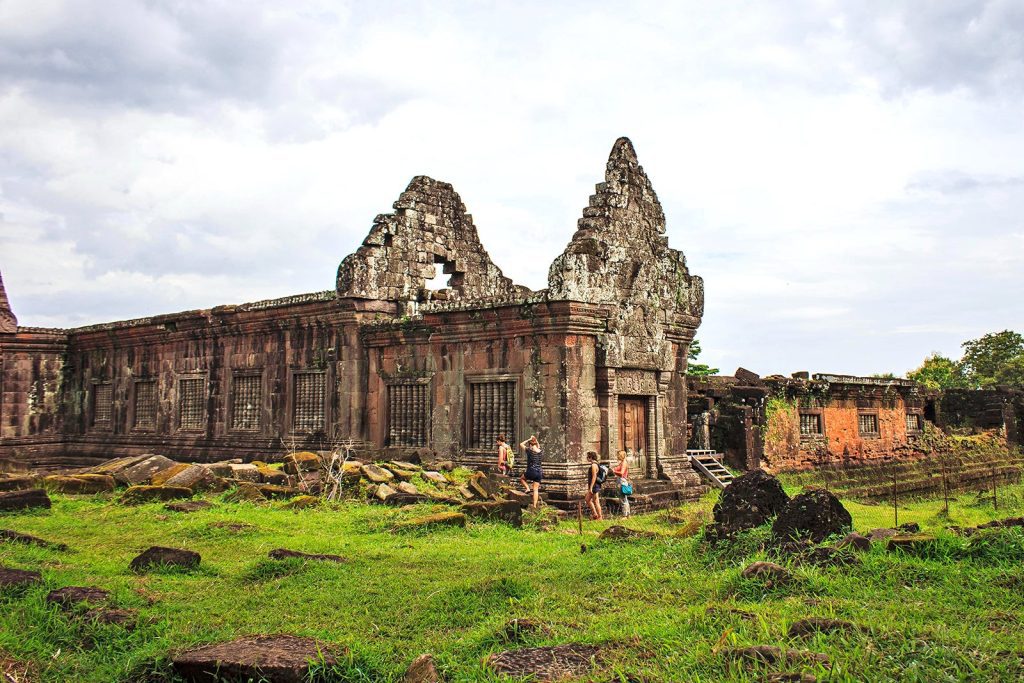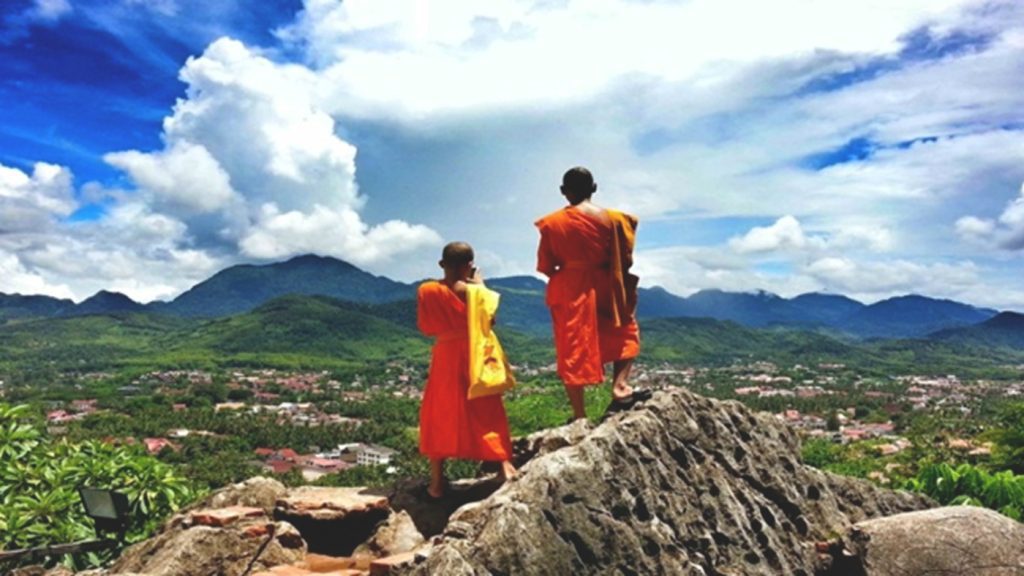Laos, officially known as the Lao People’s Democratic Republic (Lao PDR), is a landlocked country located in the heart of Southeast Asia. With a rich history, diverse culture, and stunning natural beauty, Laos is a hidden gem that is often overshadowed by its larger and more well-known neighbors such as Thailand, Vietnam, and China. However, over the years, Laos has slowly become a popular destination for travelers seeking to explore its serene landscapes, fascinating history, and welcoming people. In this article, we will dive deep into everything you need to know about Laos, from its geography and history to its culture, economy, and travel destinations.
Geography of Laos
Laos is located in Southeast Asia, bordered by China to the north, Vietnam to the east, Cambodia to the southeast, Thailand to the west, and Myanmar (Burma) to the northwest. It is a landlocked country, meaning it does not have any coastline or access to the ocean. Despite its landlocked status, Laos has a wealth of natural beauty, from rolling mountains and forests to pristine rivers and valleys.
Key Geographical Features
- Mountains: Laos is one of the most mountainous countries in Southeast Asia, with roughly 70% of its land area covered by mountains and hills. The Annamite Range runs along the border between Laos and Vietnam and is home to some of the highest peaks in the country, including Phou Bia, which reaches an elevation of 2,818 meters (9,245 feet). The mountainous terrain contributes to the country’s breathtaking landscapes and makes Laos a haven for trekking, hiking, and outdoor enthusiasts.
- Rivers: Laos is known for the mighty Mekong River, which flows along its western border with Thailand. The Mekong is one of the longest rivers in the world, stretching across six countries in Southeast Asia. The river plays a vital role in the country’s agriculture, transportation, and daily life. Additionally, the Nam Ou River, which flows through the northern part of the country, is another prominent waterway that contributes to Laos’ unique natural beauty.
- Forests: Laos is rich in biodiversity, with extensive tropical forests that are home to a wide range of flora and fauna. The forests of Laos are part of the Indo-Burma biodiversity hotspot, which is one of the richest regions in the world in terms of species diversity. The country is home to numerous protected areas and national parks, including the Nam Ha National Protected Area and the Phou Hin Poun National Protected Area.
Climate
Laos has a tropical monsoon climate, characterized by a distinct wet season and dry season. The wet season lasts from May to October, bringing heavy rains, especially in the mountainous regions. The dry season occurs from November to April, with cooler temperatures, making it the peak tourist season in the country.
The climate varies depending on the region, with the northern areas experiencing cooler temperatures due to the higher altitude, while the southern regions are warmer and more humid year-round.
Also Read: Laos Tourism: Uncover the Best Attractions and Experiences in Laos
History of Laos
Culture and Society in Laos
Laos’ culture reflects its religious and historical roots. Theravada Buddhism, the dominant religion, heavily influences Lao society. The Lao people take pride in their traditions, including music, dance, and arts.
Language
Lao is the official language, belonging to the Tai-Kadai language family. It is closely related to Thai. Many ethnic groups in Laos speak their own languages, such as Hmong, Khmu, and Tai Dam. Some older generations also speak French due to Laos’ colonial past, and English is becoming more common, especially in urban areas.
Religion
Most Lao people practice Theravada Buddhism. Temples, known as wats, are central to Lao life. Religious festivals like Pi Mai (Lao New Year), celebrated in mid-April, are crucial to Lao culture and often feature water fights, religious ceremonies, and traditional dances.
Traditional Arts
Lao silk weaving, silverwork, and lacquerware are significant cultural practices passed down through generations. Traditional music, including songs played on the khene (a bamboo mouth organ), is an essential part of ceremonies and folk traditions.
Family and Society
Lao society places a strong emphasis on family and community. Extended families often live together, and respect for elders is a key cultural value. In rural areas, many people still practice subsistence farming, with rice farming, especially glutinous rice, being vital to daily life.
Economy of Laos
Laos has experienced substantial growth in recent years, with its economy relying on natural resources, agriculture, and tourism.
Agriculture
Agriculture employs over 70% of Laos’ population. Key crops include rice, corn, coffee, and rubber. Rice is the country’s staple food, and glutinous rice plays a significant role in Lao cuisine and culture.
Natural Resources
Laos is rich in natural resources, including minerals, timber, and water. The country holds significant reserves of copper, gold, and other minerals, and mining is a growing industry. Laos also has vast potential for hydroelectric power, with several large dams under construction or planned.
Tourism
Tourism plays a growing role in the economy, with visitors drawn to Laos’ natural beauty, historical sites, and cultural experiences. Key tourist destinations include Luang Prabang (a UNESCO World Heritage Site), Vang Vien, Vientiane, and the Plain of Jars.
Top Attractions in Laos
- Luang Prabang: Famous for its Buddhist temples, waterfalls, and well-preserved colonial architecture.
- Vang Vien: Known for its stunning limestone mountains, caves, and adventure activities like trekking and kayaking.
- Vientiane: The capital city, offering French colonial landmarks, Buddhist temples, and the Patuxai Monument.
- Plain of Jars: An ancient archaeological site with thousands of mysterious stone jars scattered across the Xiangkhoang Plateau.
- Kuang Si Falls: A beautiful waterfall near Luang Prabang, perfect for swimming and enjoying Laos’ natural beauty.
Conclusion
Laos offers a unique travel experience with its beautiful landscapes, rich history, and vibrant culture. While not as well-known as its neighboring countries, Laos’ serene temples, jungles, and historical sites make it an unforgettable destination for those who explore it.
FAQs
- What is the capital of Laos?
Vientiane is the capital and largest city, serving as the political and economic center. - What is the official language of Laos?
Lao is the official language, with some people also speaking French and increasingly, English. - What currency is used in Laos?
The official currency is the Lao Kip (LAK), although US Dollars are widely accepted in tourist areas. - Is Laos a safe destination for tourists?
Yes, Laos is considered a safe destination. As with any foreign country, travelers should exercise caution and be mindful of local customs. - What are some must-see attractions in Laos?
Must-see sites include Luang Prabang, Vang Vien, the Plain of Jars, and Kuang Si Falls.


